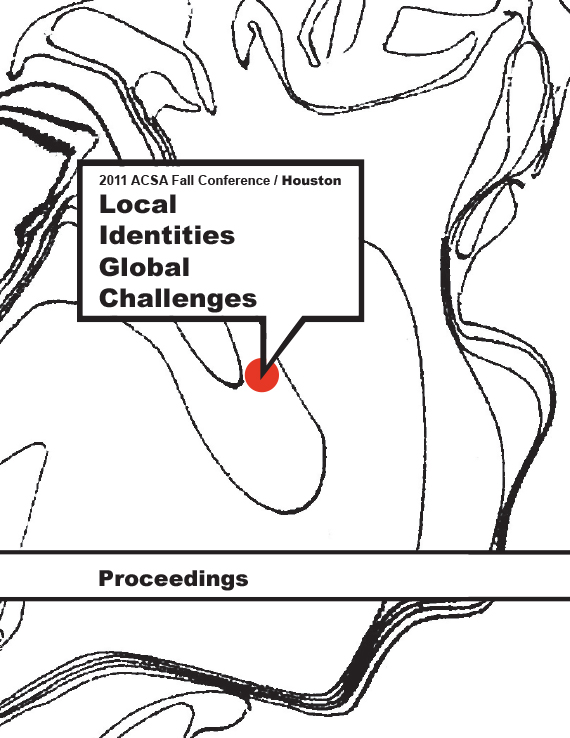Author(s): Fred Esenwein
This paper investigates ideas presented by the agrarian writer Wendell Berry and their relationship to architecture that is conceived locally with universal significance. Berry presents the paradox architects also face when we want architecture to be global and have a local identity. For Berry, globalization is an abstract term, a concept with no grounding. For us, this is a particular problem for architecture because a building requires a foundation. His position is to seek membership with the local community. His argument has direct relevance to architecture. We can find his ideals in the writings of Frank Lloyd Wright, Louis Sullivan, W. G. Clark, and even Louis Kahn. Berry claims that a specialist uses technology to organize and a nurturer uses it to order. Louis Kahn understood this when he spoke about order. When architects imagine architecture, which is a universal idea, they employ order to design a locally appropriate building. In a similar way, Berry claims a nurturer, such as a traditional farmer, orders the land. The nurturer labors in a local place for the benefit of a universal order governing the world. Technology is one piece of evidence of how we separate ourselves from the world in which we dwell. In Heidegger’s “A Question Concerning Technology,” we see that technology becomes the driving tool in challenging the world rather than a poetic tool we can use to cultivate it. This corresponds to Wright’s essay, “The Art and Craft of the Machine,” where he calls the artist and architect to understand machines in order to use them to their greatest potential in expressing our creative imaginations. At the heart of Berry’s agrarianism is for the individual to dwell in the world as a member in a community. Membership in the community requires the knowledge of the history and tradition of the place. The place has a history repeating itself by passing the memory of a tradition from one generation to the next. When we remove ourselves from the community, the professional architect faces an identity crisis. The essence of what an architect does for a community, designing in accordance with the building customs, materials, and memory, is scattered amongst the specialists. The process of healing our identity crisis comes from the ritual of atonement. For Berry, we become “at one” with the world by working the land of which we ourselves are a part. W. G. Clark sees the aim for architecture as a contribution toward something better than what was originally there. In this way, the architect atones for the construction of the building. It becomes an offering reconciling with what was removed. A built example of this idea is W. G. Clark’s Middleton Inn. We feel a desire to think globally and at the same time design locally. My contention is to imagine the universal and design local as exemplified with the agrarian custom of the United States. If we are designing a building that is sustainable and organic, it must arise out of the soil in which it is planted.
Volume Editors
Ikhlas Sabouni & Jorge Vanegas

 Study Architecture
Study Architecture  ProPEL
ProPEL 
